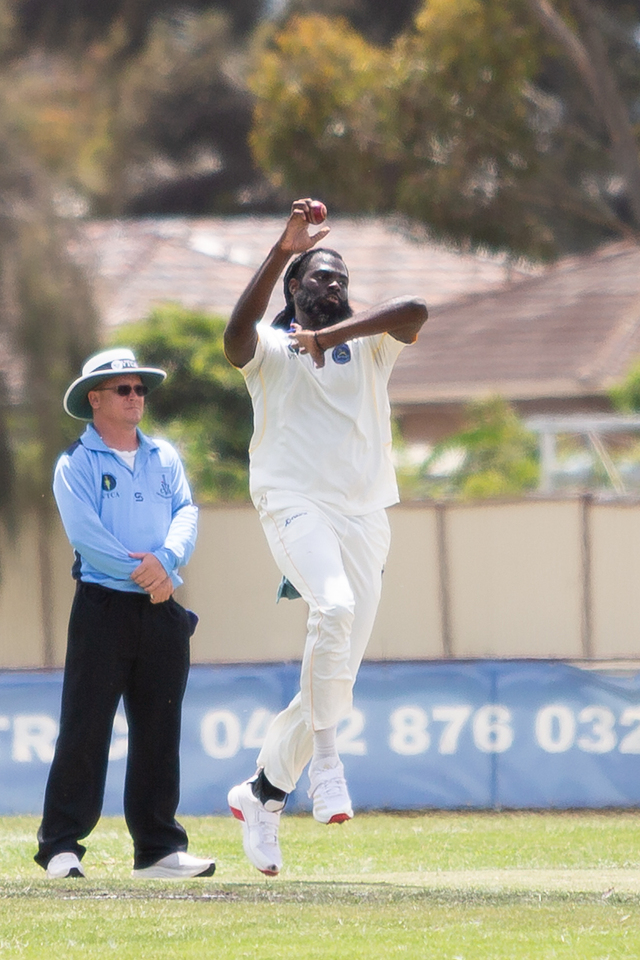The Melton municipality has the fifth highest poverty rate in the state according to new analysis from the Victorian Council of Social Service (VCOSS).
VCOSS released the Mapping poverty in Victoria report highlighting what they found and how it can be fixed.
The report found that more than one in eight people in the state are experiencing significant economic disadvantage based on the 2021 census data.
In the Melton municipality 28,521 people were found to be living in poverty. The poverty rate for Melton was 17.4.
The issue was worse in certain suburbs, with Brookfield and Melton having more than 20 per cent of people experiencing economic disadvantage.
The Melton South-Weir Views area was the 8th worst poverty in greater Melbourne for economic disadvantage with 24.4 per cent of people living in poverty.
VCOSS chief executive Emma King said their are compounding reasons for increased poverty levels in Melbourne’s outer suburbs.
“People are living further away from services… More likely to need a new car to get from A to B. Jobs are not in the local area and have far to travel,” she said.
“Finding a job that pays enough and has enough hours to make ends meet is hard… People don’t have enough money to pay rent, pay for food or put petrol in the car. Outer suburbs are not close to public transport, things compound.”
Children in the municipality were more likely to experience poverty, with seven suburbs in Melton recording more than 20 per cent of their under-15 population living in economic disadvantage., with as many as 30 per cent in the Melton suburb.
Ms King said it was alarming and can have serious long term effects.
“What it means is that parents are struggling to put food on the table,” she said. “At school if they need an iPad their parents can not pay for it.
“They are getting left behind in every part of life and it shows.
“They are more likely to drop out of high school. We need to support people to help them strive and thrive, which is really tough.”
Ms King said the results of the analysis are not surprising, and the current situation is likely worse than what was recorded in 2021, but understanding the data may lead to positive change.
“This is an invaluable tool to help people understand their local areas better,” Ms King said.
“But it will also help government departments, local councils and community service organisations design more tailored social programs to combat poverty.”







